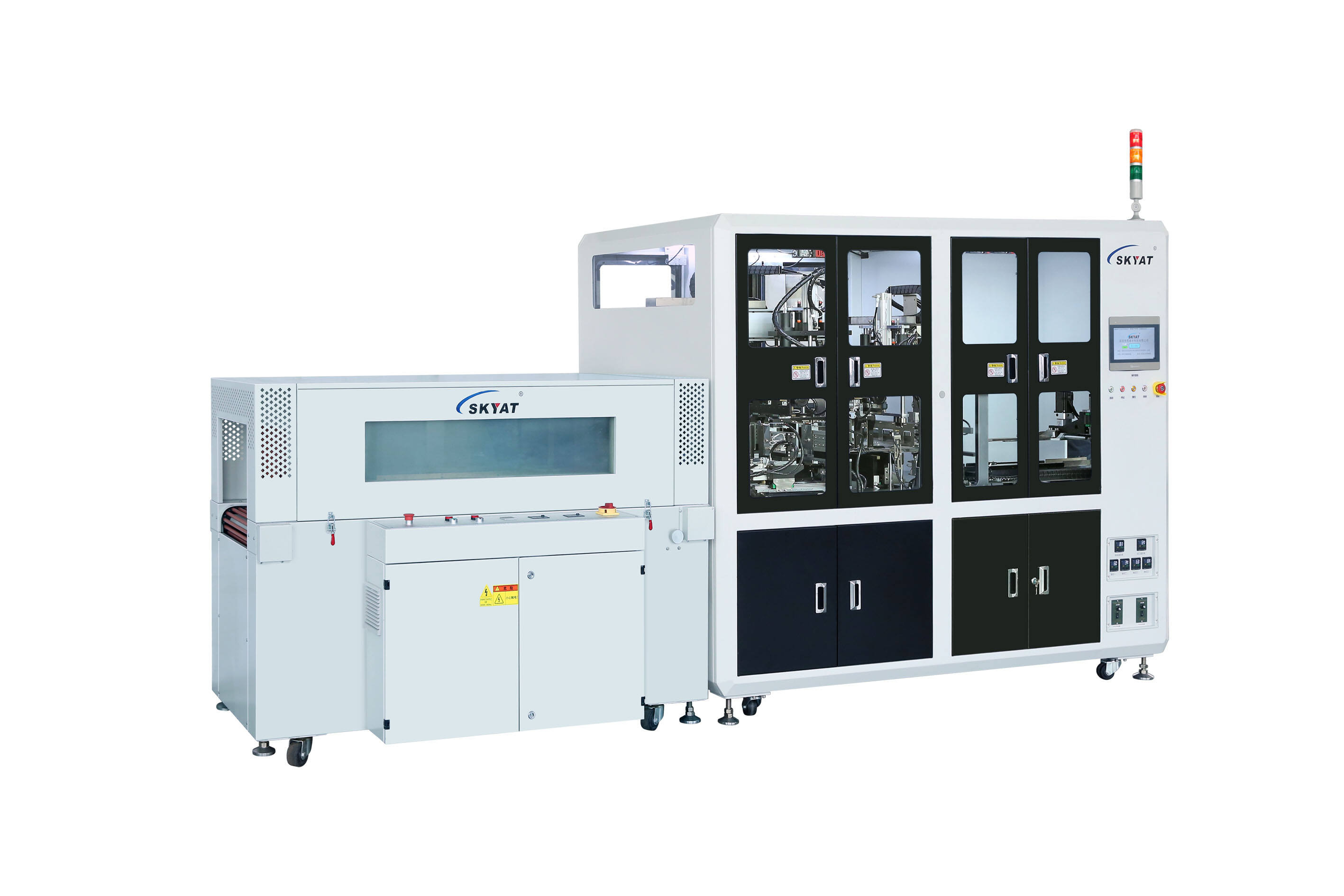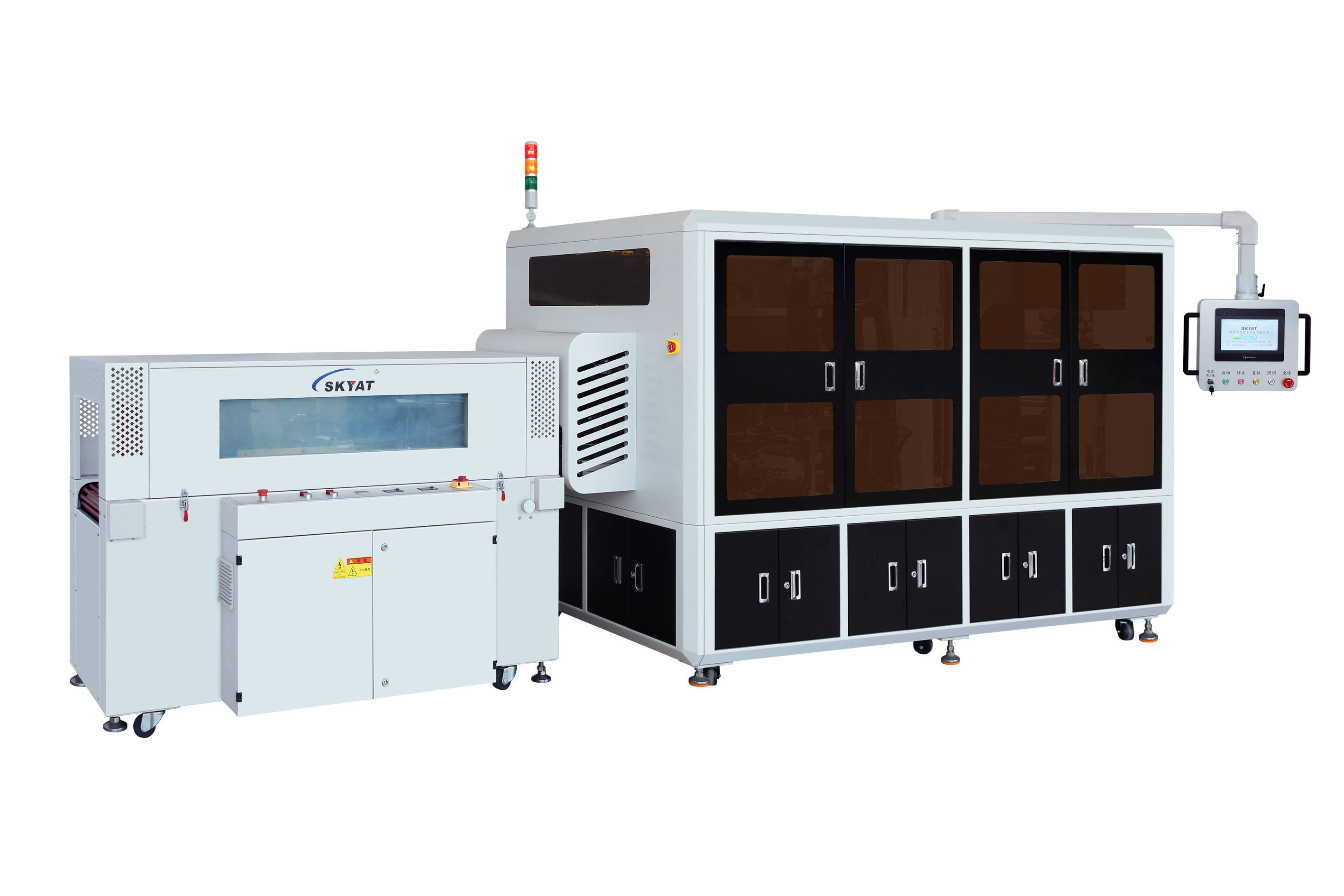An efficiency comparison of shrink wrapping methods reveals how different approaches—manual, semi-automatic, and fully automatic—impact productivity, cost, and quality across industries. From small-scale tea packaging to large automotive part production, understanding these differences helps businesses choose the method that aligns with their operational goals. Manual shrink wrapping, the most basic method, relies on operators to wrap products by hand and apply heat with a gun or small tunnel. Its efficiency is limited by human speed, typically processing 5-20 items per minute, making it suitable only for low-volume operations like boutique cosmetics or custom ceramic production. While labor costs are high requiring one operator per station, manual wrapping offers flexibility for irregularly shaped items, such as one-off drone prototypes, where precision matters more than speed. However, inefficiencies arise from inconsistencies—operators may use excess film, overheat products, or produce loose wraps, leading to rework. For example, in small-batch healthcare products packaging, manual errors can cause delays in meeting tight regulatory compliance checks. Semi-automatic methods strike a balance, using machines to automate part of the process e.g., film cutting or sealing while requiring manual product loading. These systems process 20-60 items per minute, making them ideal for medium-volume industries like smart electronics component manufacturing. Efficiency gains come from reduced labor one operator can manage multiple stations and standardized film usage, cutting material waste by 10-15% compared to manual wrapping. For instance, semi-automatic L-sealers in tea processing plants speed up sealing, while operators focus on aligning products—reducing errors and increasing throughput. However, bottlenecks can occur if product loading lags behind machine speed, making this method less suitable for sudden demand spikes. Fully automatic shrink wrapping is the most efficient for high-volume operations, processing 100-300+ items per minute with minimal human input. Conveyors feed products into the machine, which wraps, seals, and shrinks film automatically, with sensors ensuring consistent quality. This method excels in industries like automotive parts or new energy component production, where large runs demand speed and uniformity. Labor costs drop significantly one operator can oversee an entire line, and material efficiency improves by 20-30% due to precise film cutting. For example, in game console manufacturing, automatic systems sync with assembly lines to wrap products continuously, eliminating idle time. The main tradeoff is higher upfront investment, though this is offset by long-term savings in labor and waste. When comparing cost efficiency, manual methods have low upfront costs but high ongoing labor expenses—over time, this makes them costly for large-scale production. Semi-automatic systems require moderate investment but reduce labor and waste, offering better ROI for growing businesses. Fully automatic methods have the highest initial cost but deliver the lowest per-unit packaging costs for high-volume operations, as seen in steel part manufacturing, where 24/7 production justifies the investment. Quality efficiency also varies: automatic systems reduce defects e.g., loose seals or wrinkles by 90% compared to manual wrapping, critical for industries like pharmaceuticals where compliance is mandatory. Semi-automatic methods improve quality over manual but still depend on operator accuracy. Ultimately, the most efficient method depends on production volume: manual for small batches, semi-automatic for growing operations, and fully automatic for large-scale, high-demand industries.




Copyright © 2025 By Skyat Limited. - Privacy policy